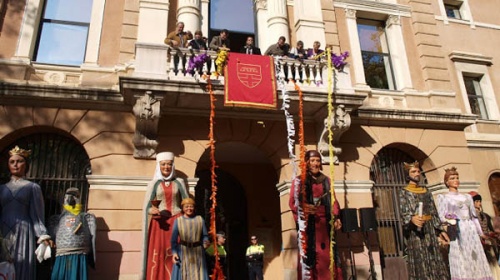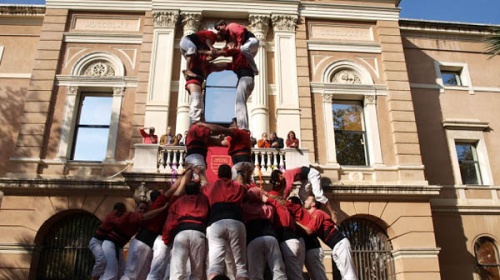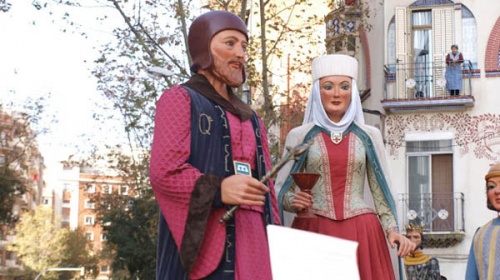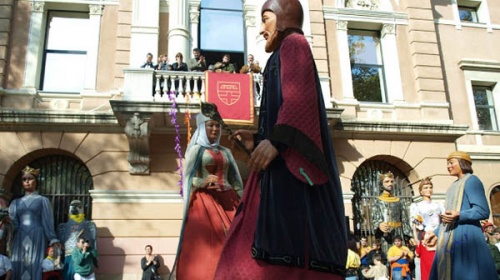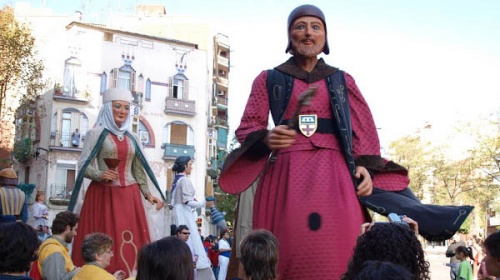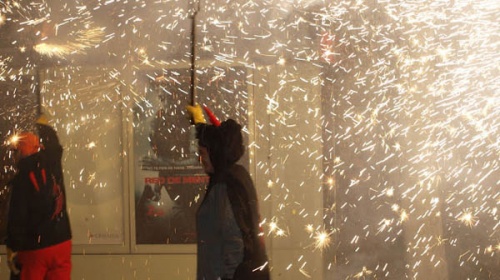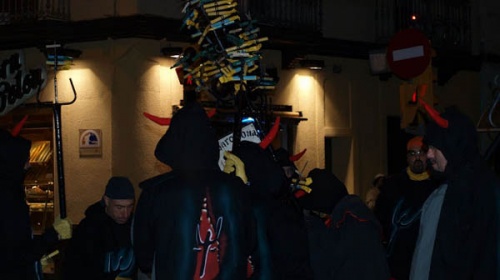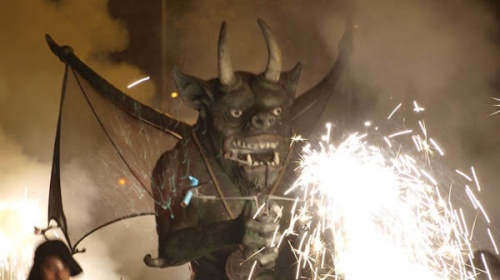Festa major del Clot – Camp de l’Arpa
Activity dates
Dates de celebració
First fortnight of November in the Clot i el Camp de l’Arpa neighbourhood, Sant Martí district
Feast Day: Sant Martí, 11th November
The El Clot neighbourhood is the oldest settlement in the Sant Martí district. In the Middle Ages it was full of vegetable gardens and arable fields belonging to the city of Barcelona. At that time, the area was also famous for Clotum Melis, a place full of honey bee hives, which ended up lending its name to the district.In the 19th century industrialisation transformed Clot's appearance as it became an important centre for workers. Many of the associations, cooperatives, cultural centres and other organisations, that today make up the cultural fabric of the neighbourhood, come from that time.
The current festival, celebrated in honour of Sant Martí, is a reflection of all that past. It is arranged by the collective known as the Federació d’Entitats del Clot - Camp de l’Arpa, and all of the organisations in the neighbourhood that are dedicated to popular culture play a very important part. Highlights include the jornada castellera, the human tower festival, organised by the Castellers de Barcelona, the cercavila gegantera where the festival giants parade around the city, and the shows by the Ball de Bastons stick dancers and the traditional dance group the Esbart Sant Martí, as well as the correfoc, the fire run by the devils' group the Diables del Clot.
Reason
Sant Martí was one of the most popular and well-loved saints during the Middle Ages. In Catalonia he gained popularity in the 12th century, and he is currently the saint with the most churches and parishes dedicated to him. Further proof of St. Martin's popularity in Catalonia is the enormous number of villages named after him.
In Clot, the festa major is linked to the present-day parish of Sant Martí del Clot, which experienced a growth in population at the end of the 19th century. Yet the neighbourhood has traditionally been linked to another parish also dedicated to Sant Martí, and which gives its name to the district: Sant Martí de Provençals.
Origins
Clot's history was closely linked to the parish of Sant Martí de Provençals, on which it had always depended, and which is the origin of the district. A few years later, in 1714, an edict of the Nova Planta decree allowed the church of Sant Martí to set up as a parish, and so it split from Santa Maria del Mar. This was the first step in the area becoming, in time, the town of Sant Martí which later rejoined Barcelona due to the 1897 Royal Decree of aggregation.
Did you know...
Sabies que...
The Colla de Diables del Clot devils' group is one of the oldest in the city: it was set up in 1977 thanks to a group of young people who wanted to recover traditional Catalan culture. They "burnt" for the first time in the year of their founding in the neighbourhood's festa major, which was the first time it had been organised by the residents' association. At first, they were linked to the Centre Excursionista Sant Martí, but since 1980 they have been part of the Orfeó Martinenc.




